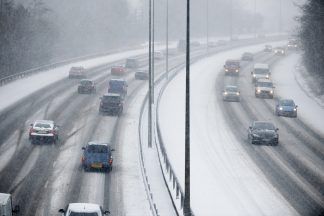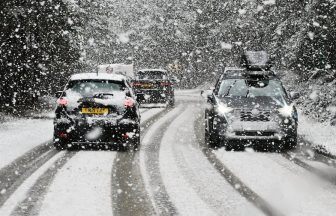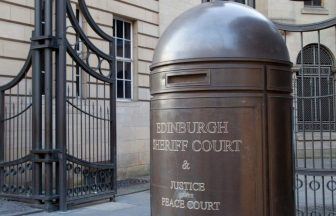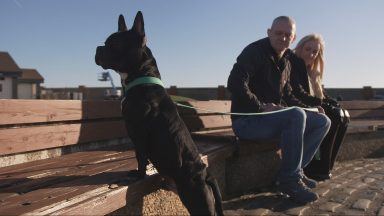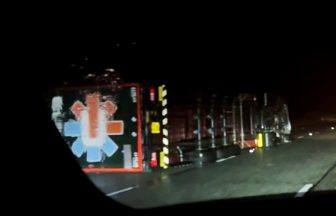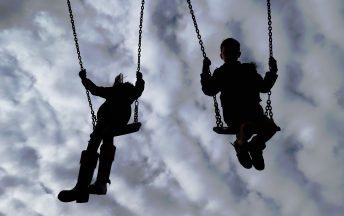With snow and lightning possible in parts of Scotland, you might hear “explosions”.
It’s caused by a natural phenomenon called thundersnow.
It occurs when the air is deeply unstable and we get big thunder clouds (cumulonimbus) bubbling up during snowfall.
Quite a sight to see if you’re ever lucky enough to experience it – the flash lights up the millions of snowflakes and the rumble is muffled by the falling flakes.
Thundersnow is possible in places where the upper air is coldest, allowing for some tall thunderclouds to form.
If there will be any in the coming days then it’s most likely to occur in some of the heavier showers across Shetland, Orkney, the north Highland coast as well as Moray and north Aberdeenshire – where the showers stream straight in off the sea.
The Northern Isles is the most common area for this weather phenomenon, due to normally being the place with the coldest air – although when deep cold air spills further south this can occur anywhere.
During the big freeze of 2010, Dundee, Perthshire and Fife saw a particularly potent period of thundersnow which brought deep snow and major travel disruption to the region.
What exactly is thundersnow and what causes it?
Thunderstorms which form in wintry conditions can lead to heavy downpours of snow which, along with the usual thunder and lightning, is called thundersnow.
Thundersnow is “unusual” as it can only occur during a few months of the year.
What does thundersnow look like?
Lightning appears brighter when thundersnow happens at night because light is reflected off the snowflakes.
Why is thundersnow quieter than thunder?
The snow inside the storm muffles the sound of the thunder.
It means that while the thunder from a typical thunderstorm might be heard many miles away, during a bout of thundersnow it will only be heard if you are within two to three miles of the lightning.
Follow STV News on WhatsApp
Scan the QR code on your mobile device for all the latest news from around the country


 Adobe Stock
Adobe Stock